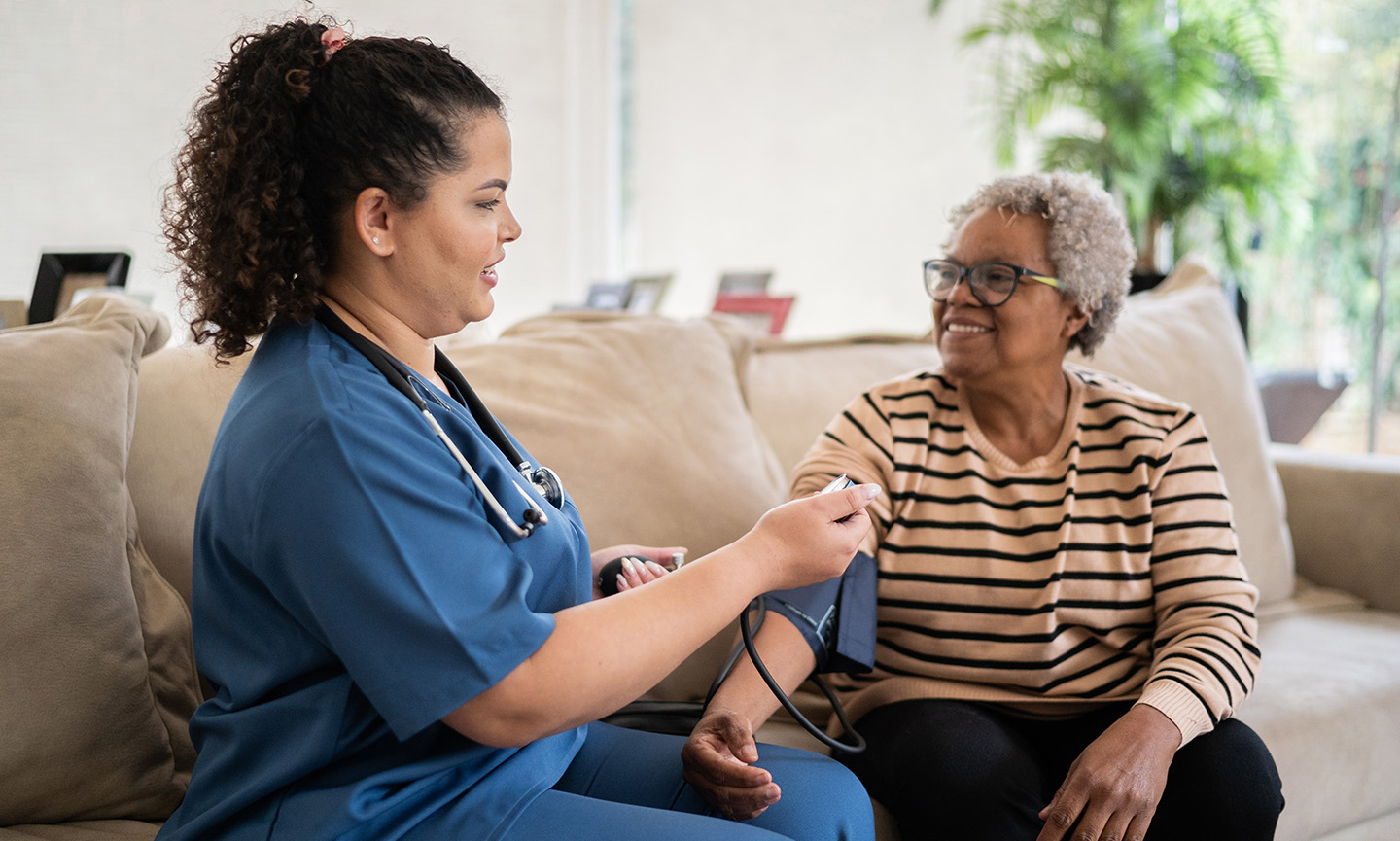Implementing a successful, compliant, outcomes-driven virtual care management program for hypertensive patient populations is not easy. With so many options in the health technology and care management space, selecting the right partner can be confusing and time-consuming. There are so many factors to consider when looking to manage complex populations holistically, virtually, and at scale.
Effective Virtual Care Management Practices
Holistic care for multi-chronic hypertensive patients can now be provided at scale with a combination of chronic care management (CCM) and remote patient monitoring (RPM).
When implemented successfully, virtual care management programs drive outcomes and revenue for your practice.
Choose a partner that prioritizes outcomes with a platform that enables evidence-based hypertension management, so you can make effective clinical decisions at the right time.
Download the Hypertension Virtual Care Management Best Practices guide
Achieving effective virtual care management for hypertension requires adherence to six key best practices. Download the guide to learn how you to:
- Manage hypertension at scale
- Treat the whole patient with virtual care management
- Deploy a flexible virtual solution with a human touch
- Support your most vulnerable patients with evidence-based remote care
- Extend the reach of your practice into patients’ home
- And more

